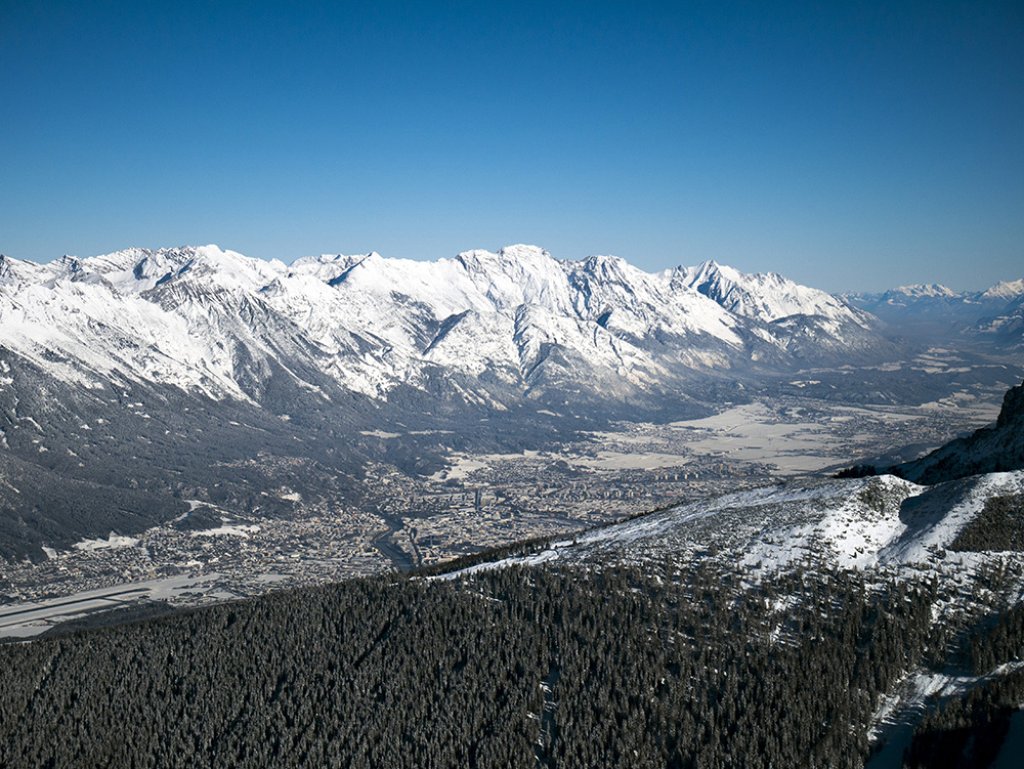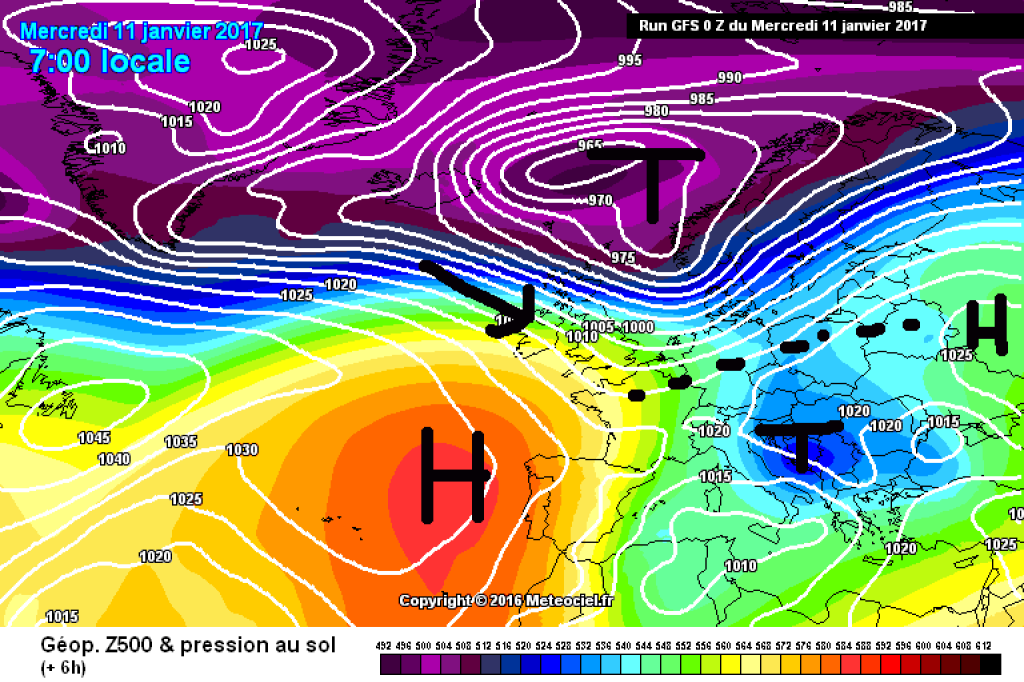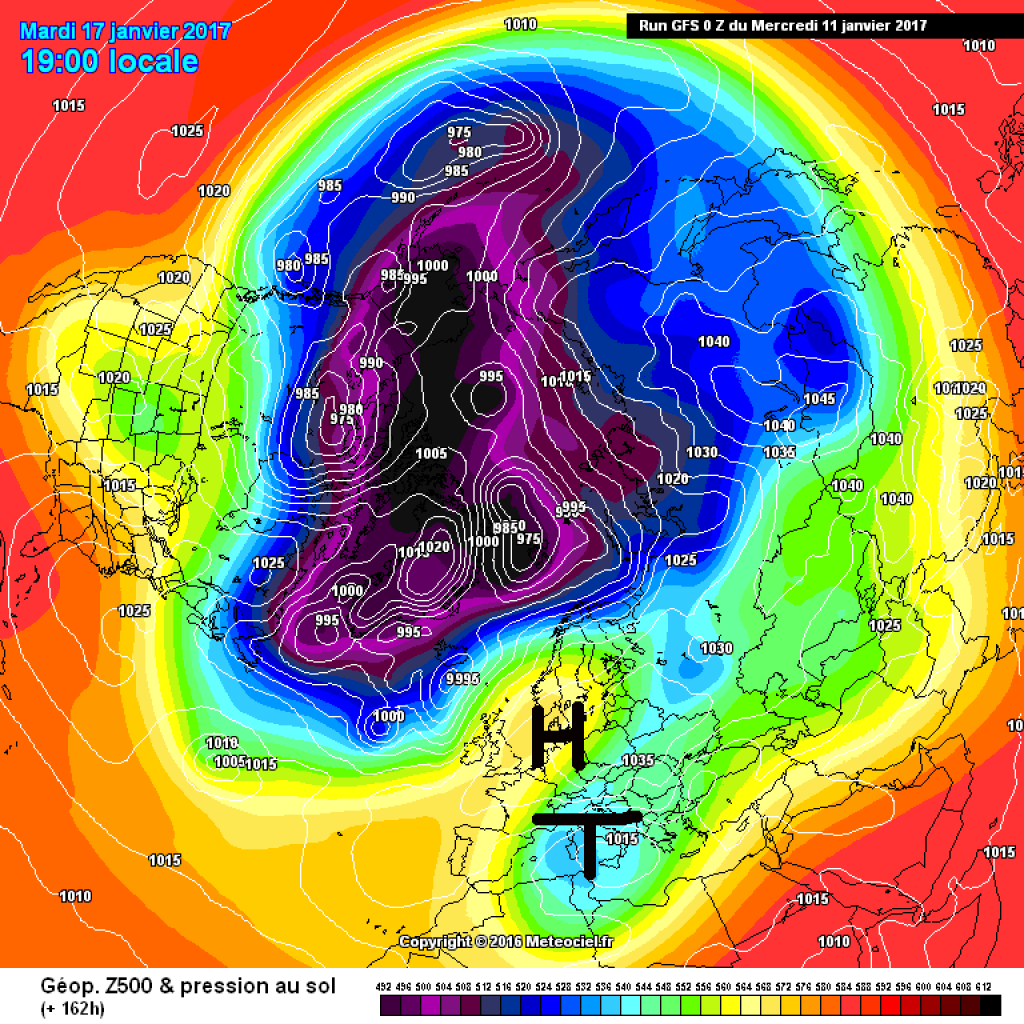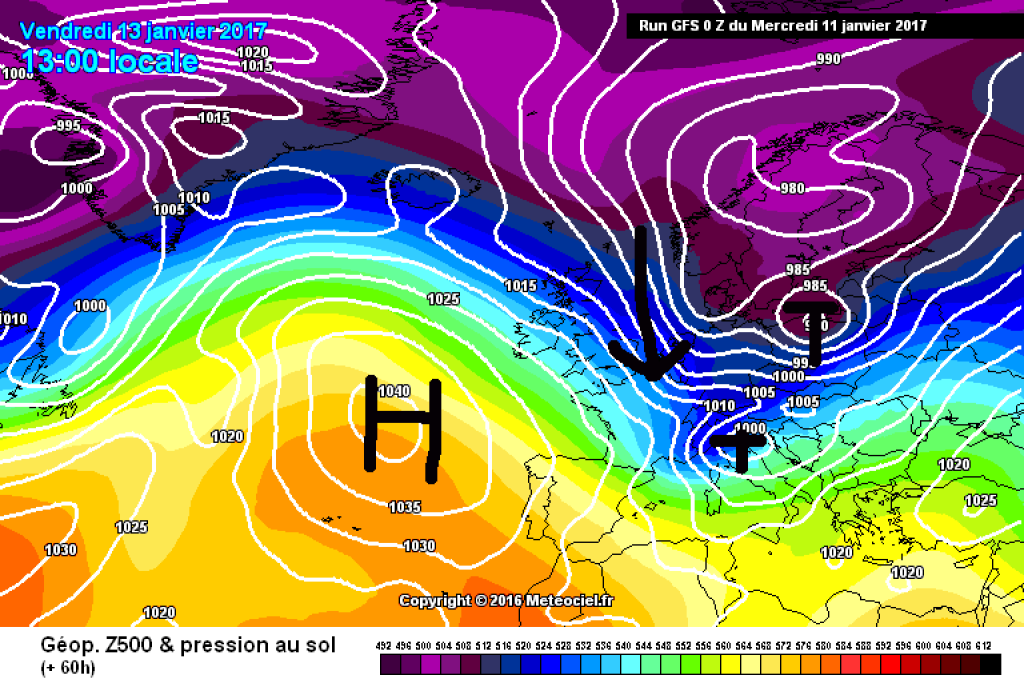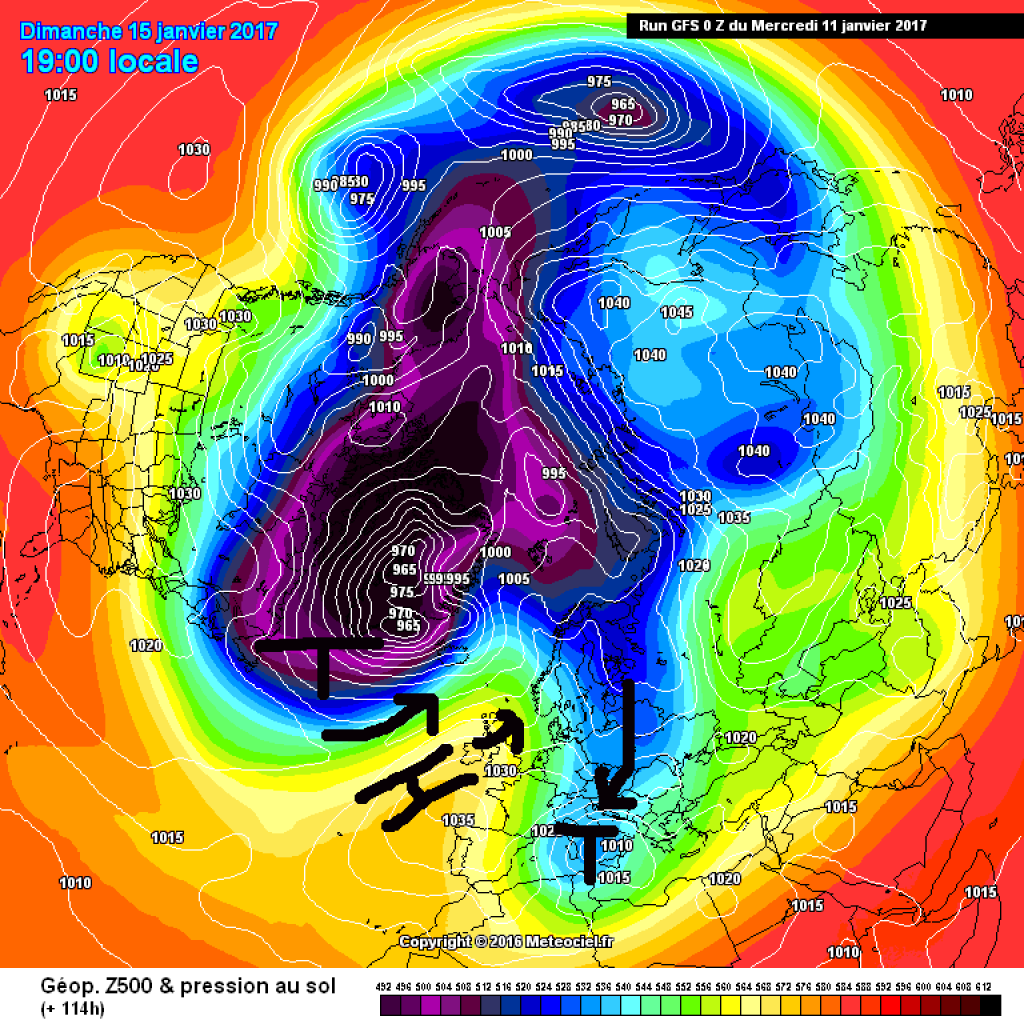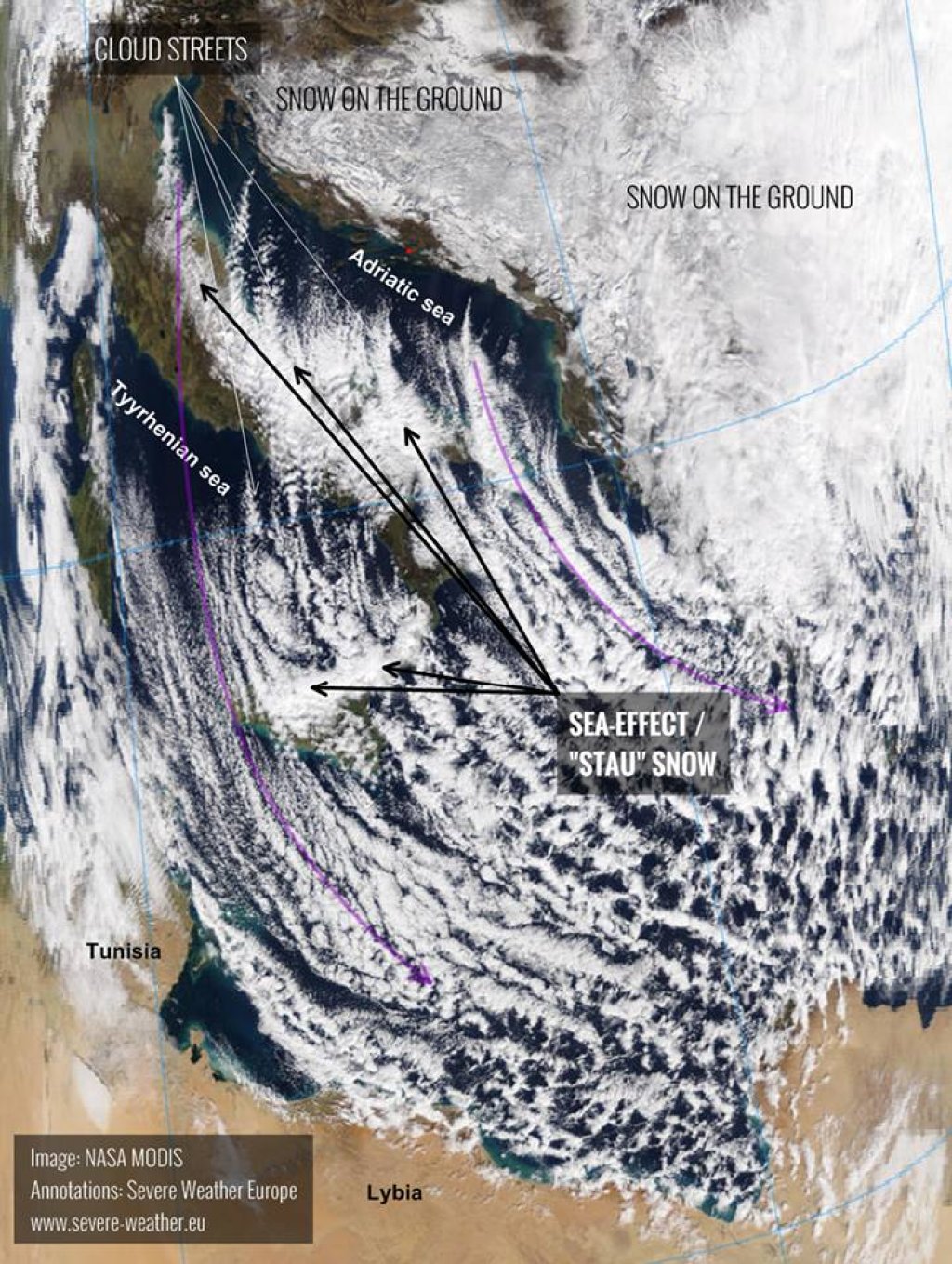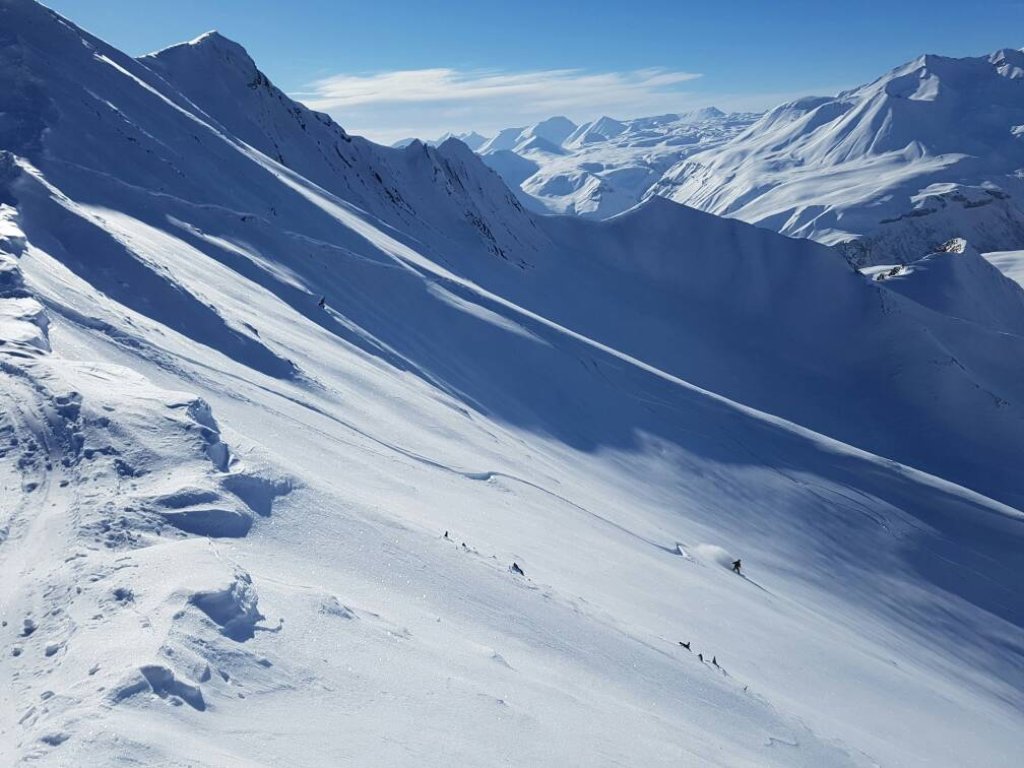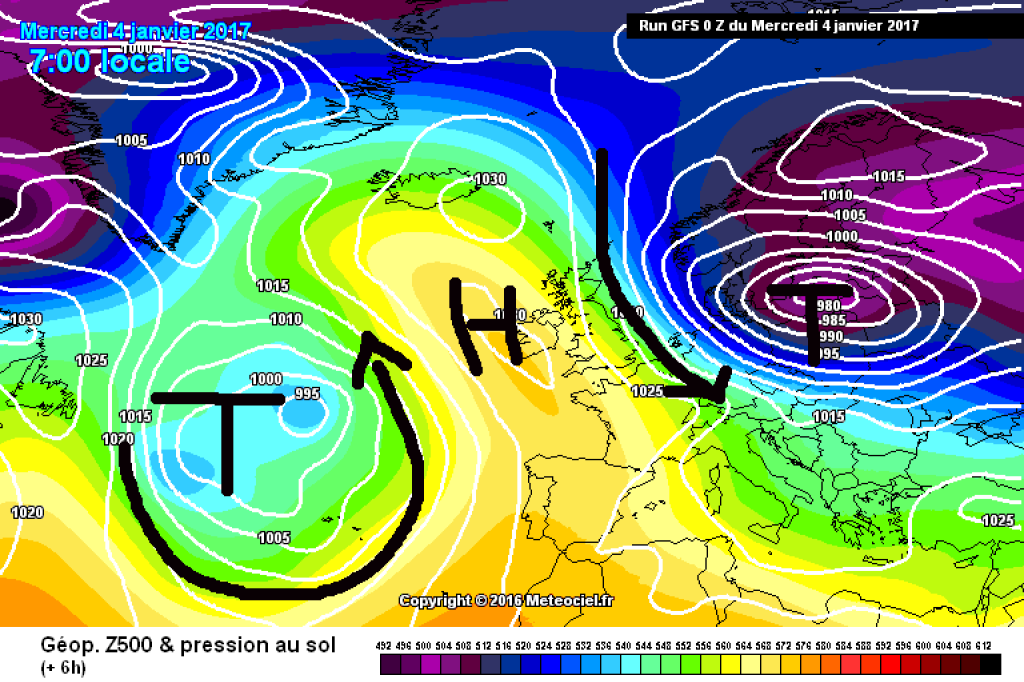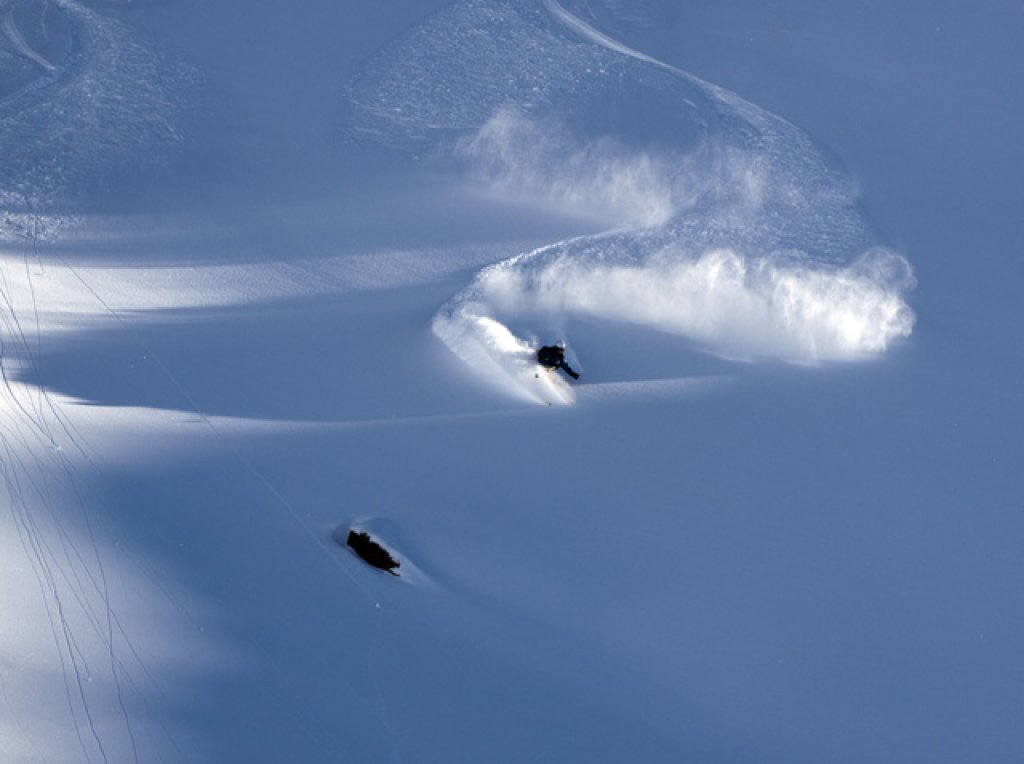Current situation and outlook
The Azores High and a low over Scandinavia are currently responsible for the Alpine weather. In the south-east, a dripping low is still involved but is gradually disappearing. The north-westerly flow between the Azores high and the Scandinavian low will become stronger and bring a load of mild Atlantic air as well as the warm front mentioned at the beginning. Temperatures are already rising at high altitudes and the cold air should soon be cleared out of many valleys. The low pressure system over Scandinavia will then move a little to the south, bringing cold air from the north, which will then reach the Alps with a cold front on Friday night. After the brief, milder interlude on Wednesday and Thursday, temperatures will be deep winter again, although not quite as arctic as recently.
The cold high-altitude air that reaches the Mediterranean region will cause cyclogenesis (development of low pressure) there, meaning that it is also likely to snow a little on the southern side of the Eastern Alps on Friday and Saturday. In any case, the northern Alps are likely to see alarming amounts of snow by Saturday (in the south-east, everything is still on very shaky ground). We are eagerly awaiting detailed reports from the oracle.
A strong low will form in the area of Greenland at the beginning of next week, causing the Azores High to tilt to the east. A high wedge will move over Scandinavia. On its eastern side, cold air is transported into the eastern Alps. In the middle of the week, a high-over-low situation will develop: The high comes to rest north of the Mediterranean low.
